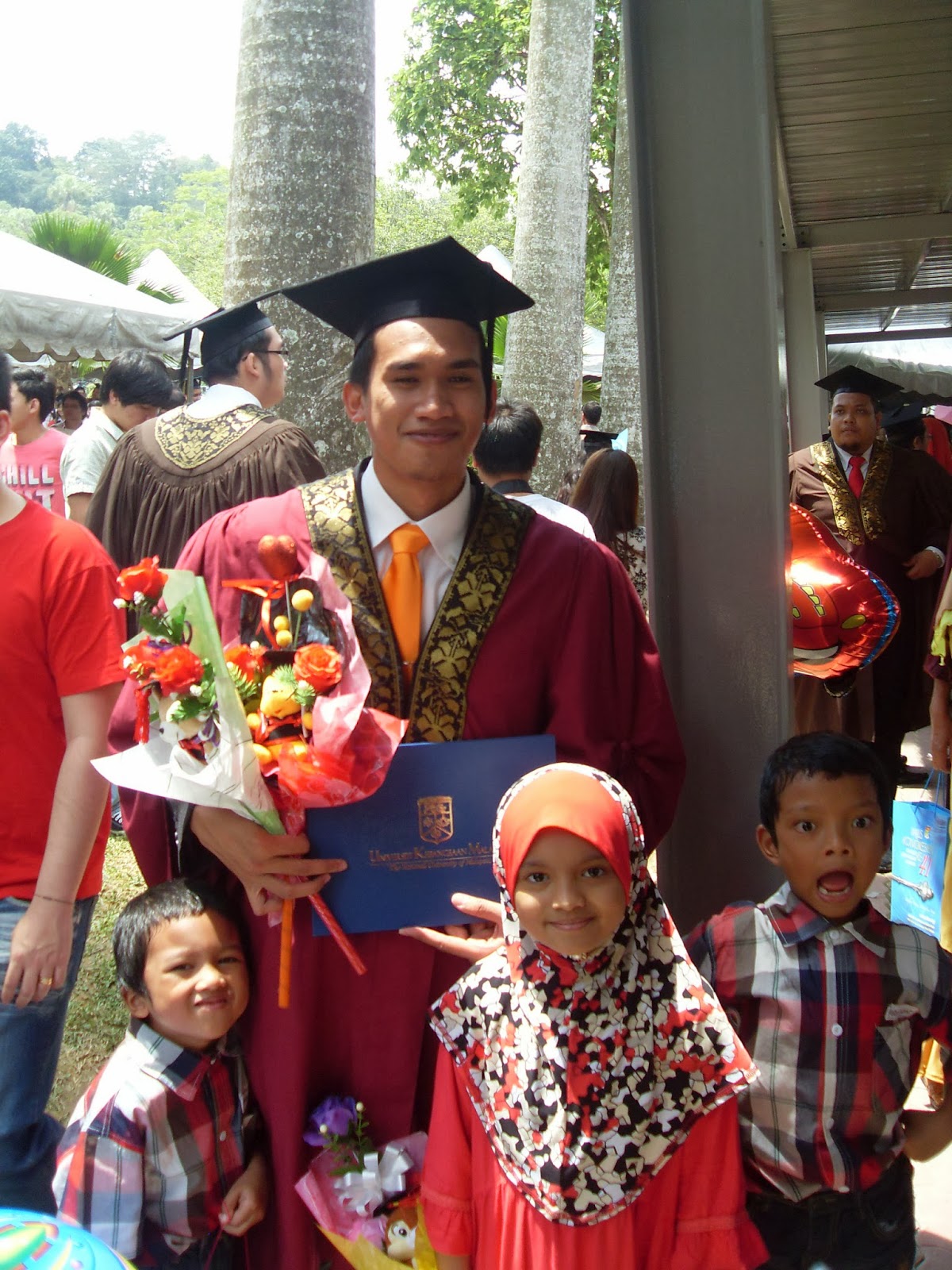 |
| Mimbar Masjid Nabawi : Asal mulanya mimbar yang dibangunkan oleh Rasulullah SAW pada tahun 7 Hijrah (628 Masihi) mempunyai tiga anak tangga. (Sumber foto: rumahbaitullah.blogspot.com) |
Rasulullah S.A.W bersabda: Berhimpunlah kamu sekalian dekat dengan mimbar.
Maka kami pun berhimpun.
Lalu beliau menaiki anak tangga mimbar, beliau berkata: Amin.
Ketika naik ke anak tangga kedua, beliau berkata lagi: Amin.
Dan ketika menaiki anak tangga ketiga, beliau berkata lagi: Amin.
Dan ketika beliau turun (dari mimbar) kami pun bertanya: Ya Rasulullah, kami telah mendengar sesuatu dari tuan pada hari ini yang kami belum pernah mendengarnya sebelum ini.
Maka kami pun berhimpun.
Lalu beliau menaiki anak tangga mimbar, beliau berkata: Amin.
Ketika naik ke anak tangga kedua, beliau berkata lagi: Amin.
Dan ketika menaiki anak tangga ketiga, beliau berkata lagi: Amin.
Dan ketika beliau turun (dari mimbar) kami pun bertanya: Ya Rasulullah, kami telah mendengar sesuatu dari tuan pada hari ini yang kami belum pernah mendengarnya sebelum ini.
Lalu baginda menjawab:
“Sesungguhnya Jibrail (A.S) telah membisikkan (doa) kepadaku, katanya: Celakalah orang yang mendapati bulan Ramadhan tetapi dosanya tidak juga diampuni.
Lalu aku pun mengaminkan doa tersebut.
Ketika aku naik ke anak tangga kedua, dia berkata lagi: Celakalah orang yang (apabila) disebut namamu di sisinya tetapi dia tidak menyambutnya dengan salawat ke atasmu.
Lalu aku pun mengaminkannya.
Dan ketika aku naik ke anak tangga yang ketiga, dia berkata lagi: Celakalah orang yang mendapati ibubapanya yang sudah tua atau salah seorang daripadanya, namun mereka tidak memasukkan dia ke dalam syurga.
Lalu aku pun mengaminkannya.
Lalu aku pun mengaminkan doa tersebut.
Ketika aku naik ke anak tangga kedua, dia berkata lagi: Celakalah orang yang (apabila) disebut namamu di sisinya tetapi dia tidak menyambutnya dengan salawat ke atasmu.
Lalu aku pun mengaminkannya.
Dan ketika aku naik ke anak tangga yang ketiga, dia berkata lagi: Celakalah orang yang mendapati ibubapanya yang sudah tua atau salah seorang daripadanya, namun mereka tidak memasukkan dia ke dalam syurga.
Lalu aku pun mengaminkannya.
Hadits Riwayat Bazzar dalam Majma’uz Zawaid 10/1675-166, Hakim 4/153 disahihkannya dan disetujui oleh Imam Adz-Dzahabi dari Ka’ab bin Ujrah, diriwayatkan juga oleh Imam Bukhari dalam Adabul Mufrad no. 644 (Shahih Al-Adabul Mufrad No.500 dari Jabir bin Abdillah)



























